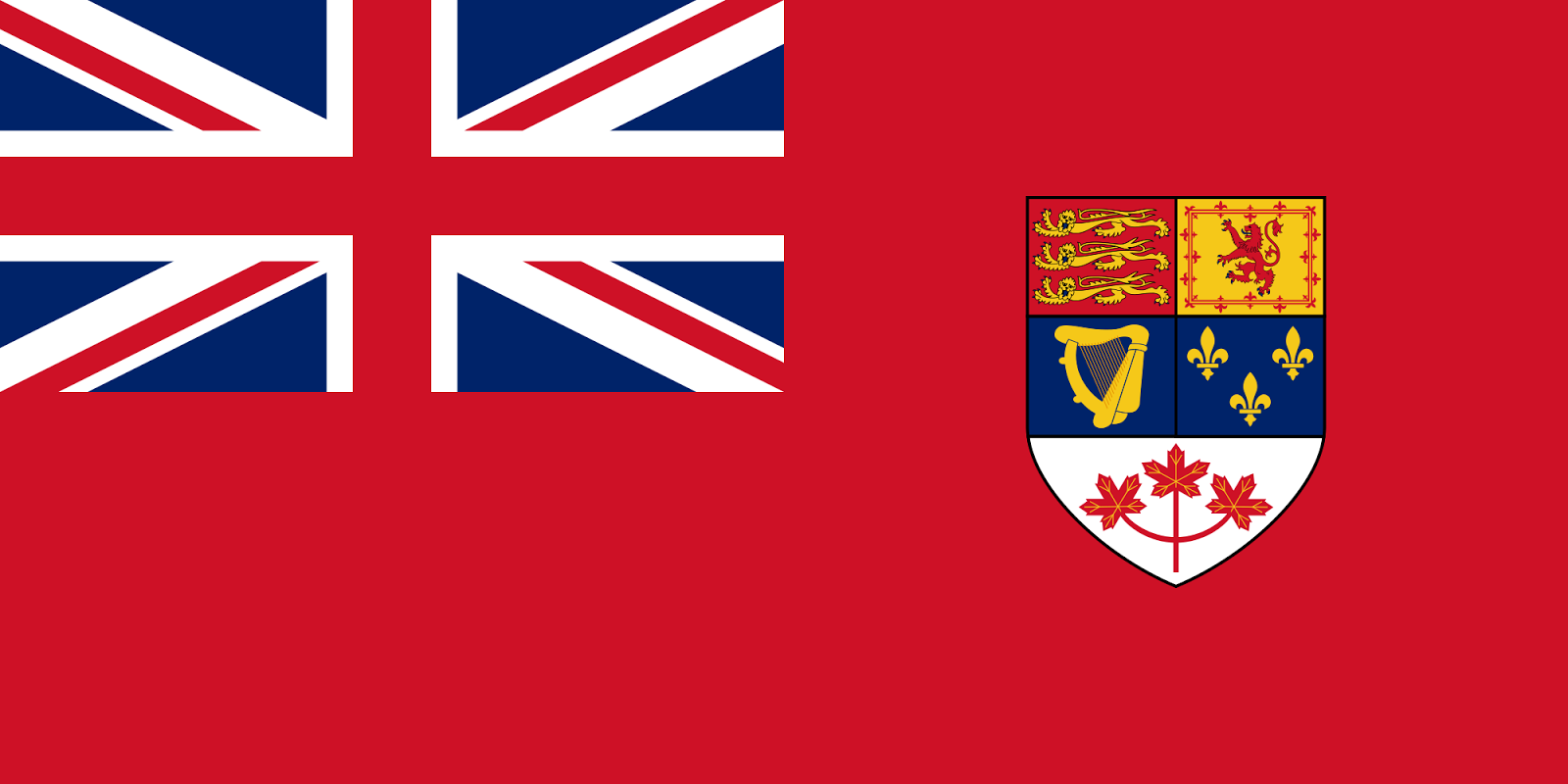 |
| Women's razor |
I don’t get that logic.
If an essentially identical product is sold at two prices, why is it you are obliged to buy one instead of the other simply because you are a woman? Why not buy the “men’s” razors? Would that be so hard? Is that really too difficult a mental challenge for the average woman to handle?
If, of course, women did that, the market for women’s razors would evaporate. Or the price would come down. Obviously, if they are selling for that price, women are buying them.
No; the real significance of the former different prices is this: men are more price-sensitive than women. A woman feels it is worth it to pay one third more simply to get a colour she prefers—pink, for example.
Supply and demand.
What this reveals, in turn, is that women generally have significantly more money to spend than men do. Women have money for such luxuries; men do not.
Forget all the propaganda you have been fed about men making more than women. They do not. But men need to make life choices based on how much money the job brings in, while women, being intrinsically wealthier, have the luxury to seek out jobs that are fun.
The truth is, regardless of who in a family makes the money, it is the woman who spends it. Eighty percent of all purchasing decisions are made by women. This is true regardless of whether one partner works, or both. Women have eighty percent of the folding money.
There is a reason why there are so many women’s magazines, so fat with ads. Men’s mags are only there to cater to single men, who still have some disposable income.
But apparently it is not enough. What’s the point of having social privilege if you do not use it relentlessly to push for more?













No comments:
Post a Comment